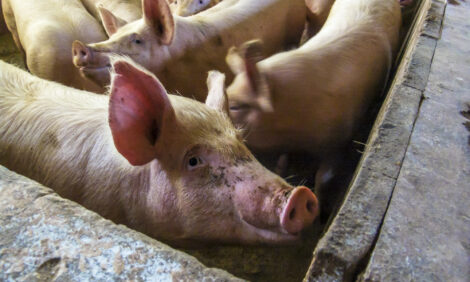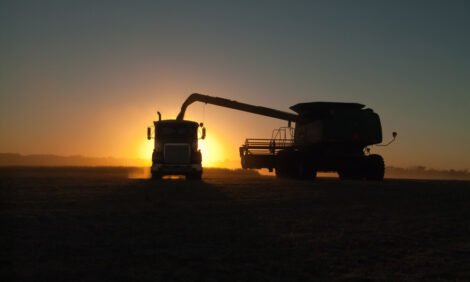



New NVZ Calculators Help Producers Do the Math
UK - BPEX has produced two calculators to help pig farmers complete the calculations required by Nitrate Vulnerable Zone regulations.These Excel spreadsheets will ease the burden for all pig producers, with one calculator for batch systems and another for continuous throughput systems.
By 30 April 2010, farmers with land in existing NVZs must work out how much nitrogen their livestock produce while those in new NVZs who produce slurry must calculate how much slurry storage they need to comply with the restrictions. Slurry producers in existing NVZs should already have done the latter calculation.
The updated NVZ regulations came into force in January this year, and more than 70 per cent of agricultural land in England is now in an NVZ.
“Producers have already received the information and guidelines on NVZ calculations, but there are many who have yet to tackle them. Now is the time to get them done, and these calculators make it much easier,” said BPEX environment projects manger Charles Baines.
“Farmers will be able to use the spreadsheet results to demonstrate a record if Environment Agency auditors ask to see them.”
The calculations require farmers to use Defra’s standard industry figures. But Defra based their figures on a typical continuous flow system and it has proved difficult for producers with batch systems to adjust their calculations as required.
This is one of the reasons BPEX produced the calculators: to help both batch and continuous flow producers do the sums as simply as possible.
The figures Defra provided to farmers for the calculations are based on an assumed occupancy. This works for sows and boars as they remain consistently at 100 percent occupancy, but production animals’ occupancy levels are lower.
The calculators are set to take this into account and there are a couple of points for producers to note when entering their figures.
- For the batch calculator, the minimum producers need to do is enter their pig throughput numbers per year and then alter the number of days housed per batch if it is different to the pre-populated data.
- For the continuous throughput calculator, producers need to enter the number of pig places and then amend the number of days those places are occupied/unoccupied as required.
To access the calculators, please click here.








